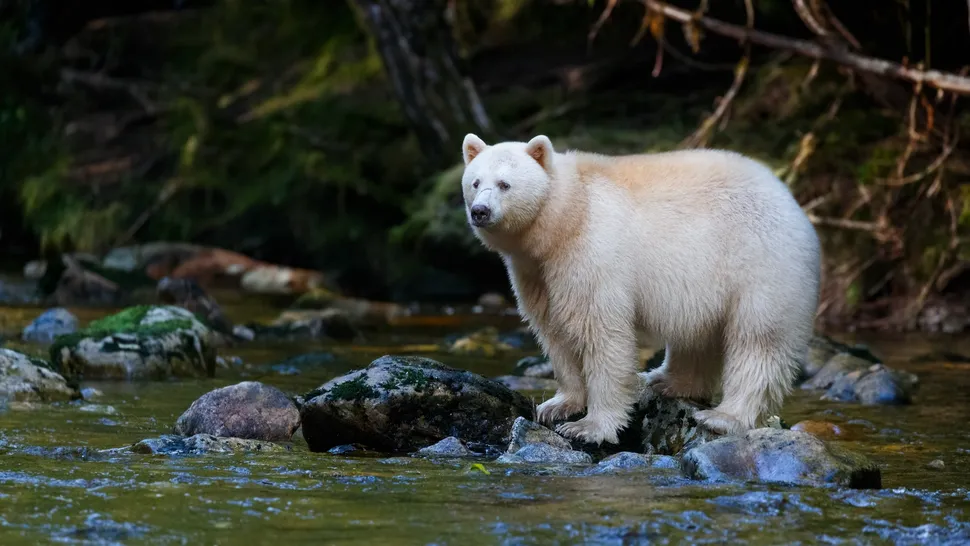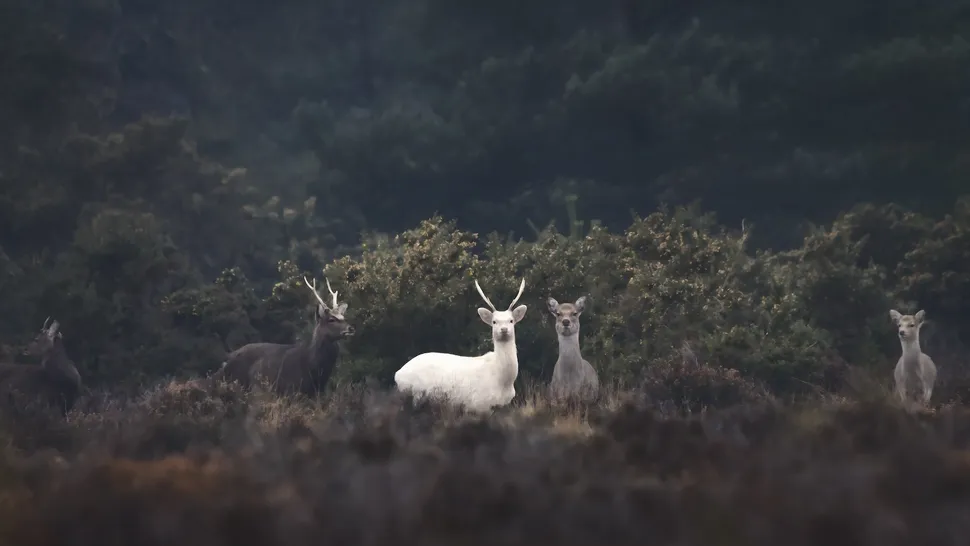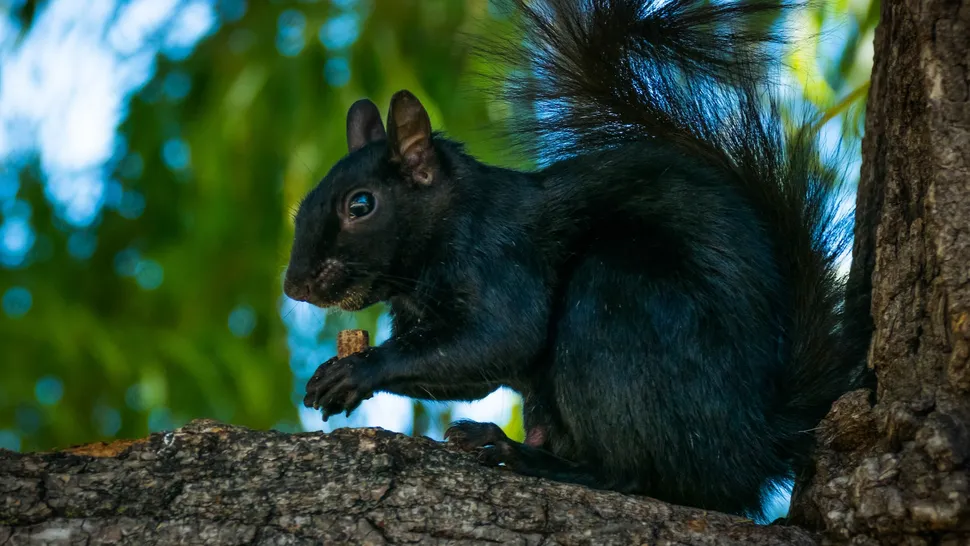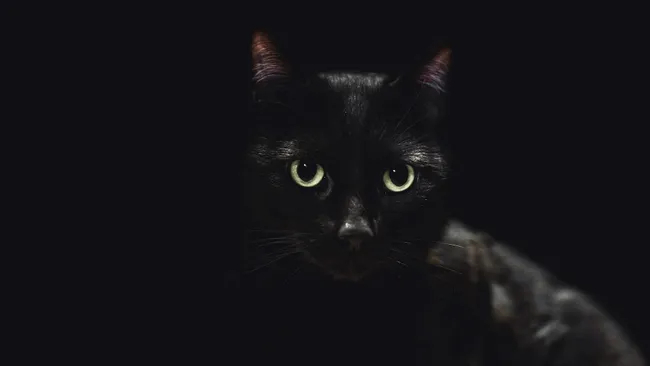A Curious Encounter with a Black Cat
It’s a crisp, sunny fall morning, and you’ve just left your local coffee shop, ready to begin your day. Out of the corner of your eye, something stirs in the bushes. Is it a squirrel gathering acorns for the winter? A robin preparing for migration? As you get closer, the shape comes into focus, and you instinctively hold your breath—it’s a black cat out for its morning stroll.

You pause, unsure what to do next. Should you cross the street to avoid it, or maybe even bend down to pet it? Rationally, you know that the superstition of a black cat bringing bad luck is just that—a superstition. But with an important meeting ahead, you might hesitate, just to avoid tempting fate.
The Stigma Against Black Animals

This age-old superstition about black cats—and black animals in general—has influenced everything from adoption rates for black pets to beliefs about their temperament. Many assume that black cats are more aggressive or less friendly, but these biases are unfounded. As biologists studying human-wildlife interactions, we find it troubling how deeply ingrained superstitions shape our unconscious biases—particularly toward animals in need of conservation and protection.
The Role of Color in Wildlife Survival
Animals’ fur, feathers, and scales come in a vast spectrum of colors, each hue serving a unique purpose in the wild. Coloration can help animals blend into their environment, regulate their temperature, or communicate with others. For instance, the flash of a white tail in a deer signals danger, while a male cardinal’s vibrant red chest attracts potential mates.
In species across the animal kingdom, color variations are common, such as melanism (increased dark pigmentation) or leucism (reduction in pigmentation). Notable examples include the black panther (a melanistic leopard or jaguar) and the white spirit bear (a leucistic version of the American black bear). There are also albino animals, which lack most or all pigmentation.

Unique Colors and Their Genetic Origins
Color variations like melanism and leucism are rare in nature and often disadvantageous, as they make it harder for animals to blend in, avoid predators, or regulate their body temperature. A single suite of genes can affect these colors in diverse ways. One of the most well-known genes, MC1R, has mutations that influence coat color. In humans, for example, mutations in MC1R produce red hair. Animals with similar mutations may appear lighter or have striking red or yellow coats.
A Tale of Protection and Celebration: White vs. Black Animals
Recently, we examined how rare colorations, like melanistic and albinistic features, impact wildlife conservation in the United States. Reviewing local laws and news stories, we saw that many laws protect albino or leucistic animals, while black animals with similar mutations are rarely afforded the same.
In Minnesota, Illinois, and Wisconsin, laws protect albino or leucistic deer from hunting. In Marionville, Missouri, white squirrels are safeguarded with penalties for harming them, and Louisiana prohibits capturing white alligators with severe fines and jail time. Celebrations like Brevard, North Carolina’s “White Squirrel Weekend” honor these rare white animals, and the California Academy of Sciences’ albino alligator, Claude, even has a book written about him.
We found no similar protections for black animals in these regions, though a few communities, such as Marysville, Kansas, and Goshen College, use the black squirrel as a mascot.
The Unrecognized Rarity of Melanistic Animals
This discrepancy is surprising, given that melanism is rarer than albinism or leucism. Pure black animals, while unique and unusual, don’t enjoy the same protective status. Melanistic animals might be overlooked because they’re associated with myths of danger or evil—narratives that, over time, have become hard to unlearn.
The Weight of Lore and Superstition
Stories, myths, and lore about the natural world have long helped people explain their surroundings and share cautionary tales. Fear of the dark, for instance, was likely a survival mechanism against the unknown dangers lurking there. As time passed, colors like white came to symbolize “good” and “pure,” while black became associated with “evil” or “unclean”—biases that still impact how humans view, celebrate, and protect rare animals today.
Reconsidering Our Subconscious Biases
Perhaps more haunting than a black cat crossing your path is the thought of how much our subconscious beliefs go unchallenged. These ideologies shape how people perceive reality and impact their interactions with the world, often with unexpected consequences for animals.
This Halloween, instead of focusing on goblins and ghouls, consider confronting the deeper, more subtle specters in your own mind—the ingrained biases that influence how you view and treat the world around you.
